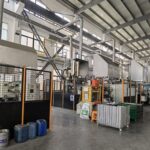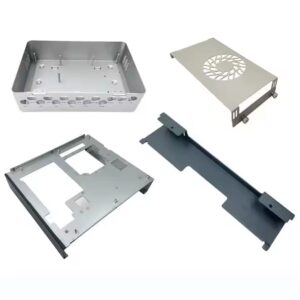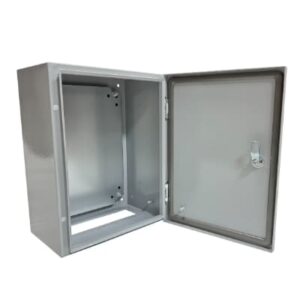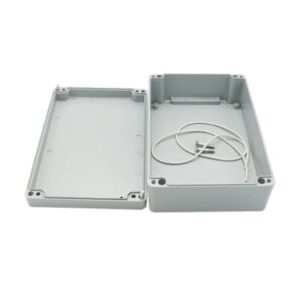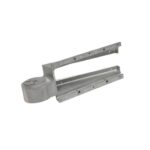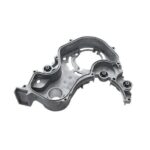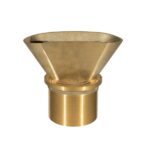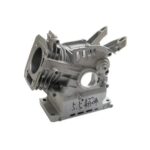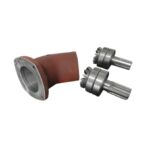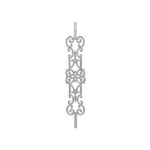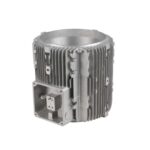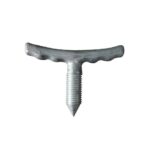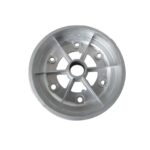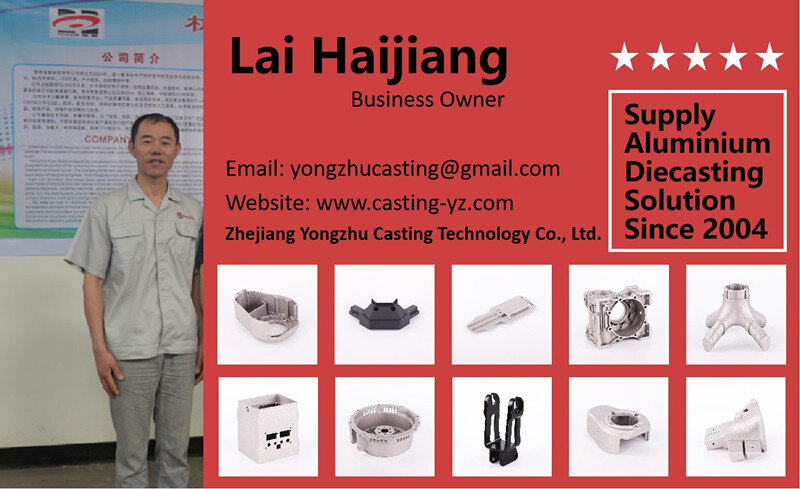
Introduction
In the realm of metal fabrication, the debate between aluminium and aluminum often surfaces. These two terms, seemingly interchangeable, carry nuances that discerning consumers and industry professionals should understand.
In this comprehensive comparison, we delve into the distinctions between aluminium and aluminum, shedding light on their properties, applications, and global usage trends.
Origins and Spelling Variations
Aluminium and aluminum, despite their dissimilar spellings, refer to the same chemical element, denoted by the symbol Al. The discrepancy in spelling emerged due to historical evolution and regional linguistic preferences.
Sir Humphry Davy, the British chemist, first isolated the element in the early 19th century and named it “aluminum.” However, over time, the International Union of Pure and Applied Chemistry (IUPAC) adopted the spelling “aluminium,” aligning with the element’s Latin root “alumen.” This spelling is prevalent in British English and most international contexts. Conversely, “aluminum” is favored in American English.
Composition and Properties
Both aluminium and aluminum exhibit similar chemical compositions, comprising approximately 75% recycled material, making them highly sustainable options.
Their lightweight nature, corrosion resistance, and malleability render them indispensable in various industries, including aerospace, automotive, construction, and packaging. However, subtle differences exist in their mechanical properties and applications.
Aluminium:
- Mechanical Strength: Aluminium boasts superior strength-to-weight ratio, making it ideal for structural applications requiring resilience and durability.
- Formability: Its exceptional malleability facilitates intricate shaping processes, such as extrusion, forging, and rolling, enabling the production of complex components with precision.
- Electrical Conductivity: Aluminium ranks high in electrical conductivity, rendering it suitable for electrical transmission lines, heat sinks, and electronic components.
Aluminum:
- Cost-Efficiency: Aluminum, due to its abundance and simplified production processes, often presents a more cost-effective alternative for mass-produced consumer goods and packaging materials.
- Surface Finish: The surface finish of aluminum can be smoother and more aesthetically pleasing, making it preferred in architectural applications and consumer products.
- Thermal Conductivity: While aluminium excels in electrical conductivity, aluminum exhibits superior thermal conductivity, making it a preferred choice for heat dissipation applications, such as heat sinks and cooking utensils.
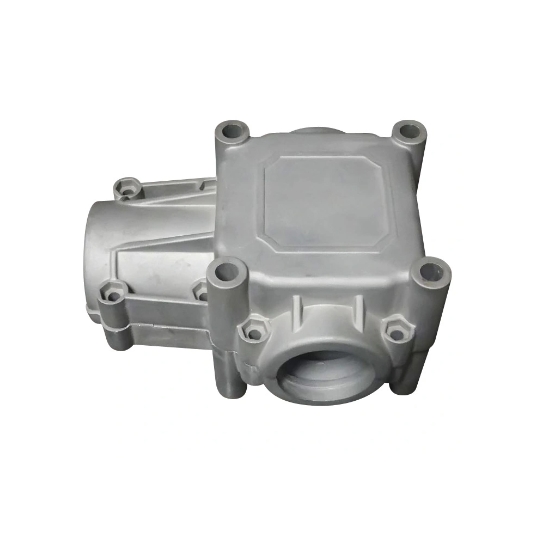

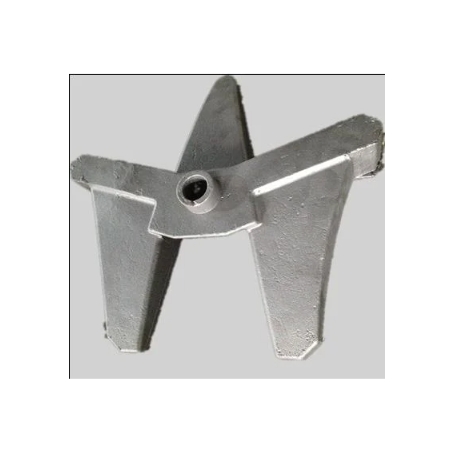
Global Usage Trends
The utilization of aluminium and aluminum varies across regions, influenced by economic factors, industrial infrastructure, and cultural preferences.
Aluminium:
- Europe: Aluminium enjoys widespread usage in Europe, driven by stringent environmental regulations promoting sustainability and energy efficiency. Industries such as automotive, construction, and packaging heavily rely on aluminium for lightweight solutions.
- Asia-Pacific: In the Asia-Pacific region, particularly in emerging economies like China and India, aluminium consumption is on the rise due to rapid urbanization, infrastructure development, and the burgeoning automotive sector.
- North America: Aluminium holds a prominent position in North America, primarily in the transportation and construction sectors, where its lightweight properties contribute to fuel efficiency and structural integrity.
Aluminum:
- United States: Aluminum dominates various sectors in the United States, including beverage cans, automotive parts, and consumer electronics, owing to its cost-efficiency and versatility.
- Canada: With abundant reserves of bauxite, the primary ore for aluminium extraction, Canada boasts a robust aluminium industry, supplying raw materials for global markets and supporting diverse manufacturing sectors.
- Latin America: Countries like Brazil harness aluminium’s lightweight and recyclable properties in automotive manufacturing and construction, contributing to sustainable development initiatives.
Conclusion
In conclusion, while aluminium and aluminum represent the same elemental substance, their divergent spellings signify regional linguistic nuances. Understanding the subtle disparities in their properties, applications, and global usage trends is crucial for informed decision-making in various industries.
Whether opting for the strength and formability of aluminium or the cost-efficiency and thermal conductivity of aluminum, stakeholders must weigh the specific requirements of their projects to achieve optimal outcomes.
Drop me an email with your ideas, and I’ll get back to you swiftly!



